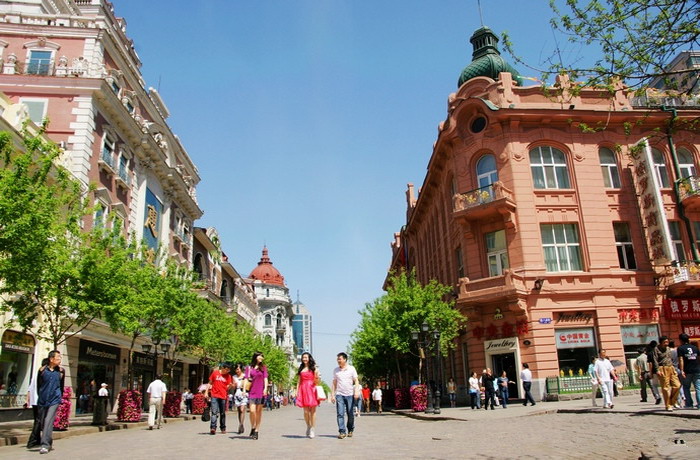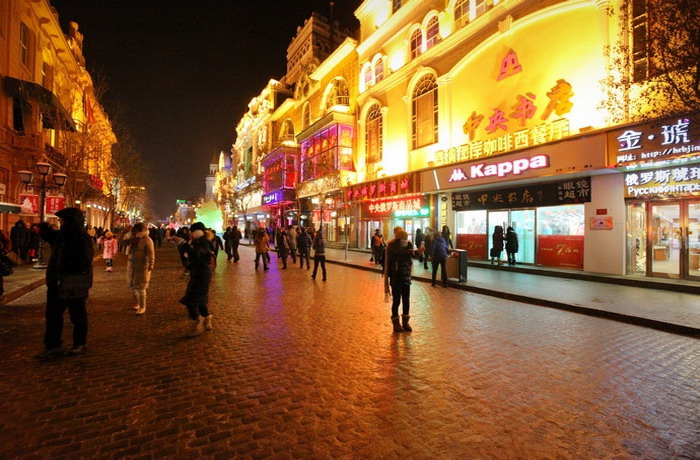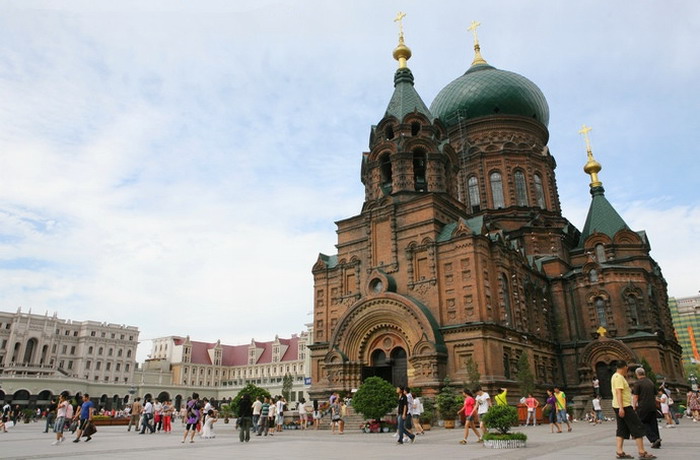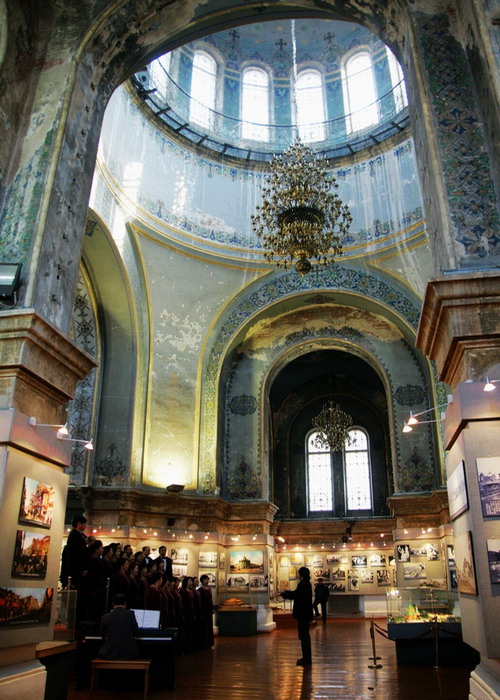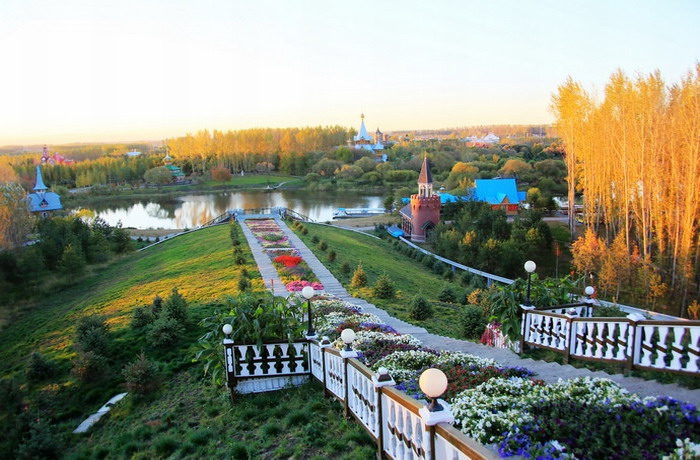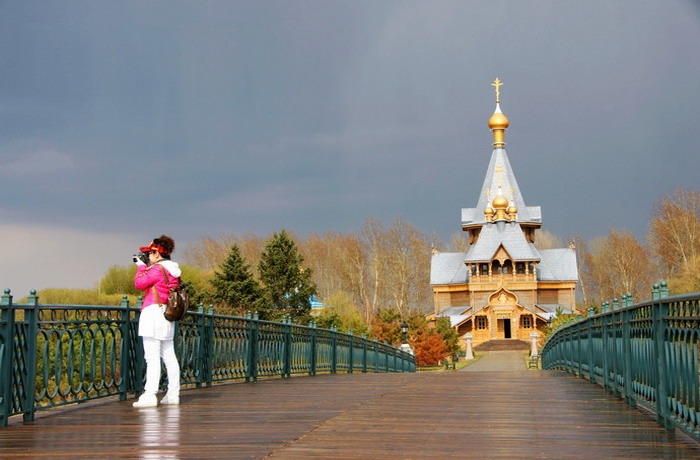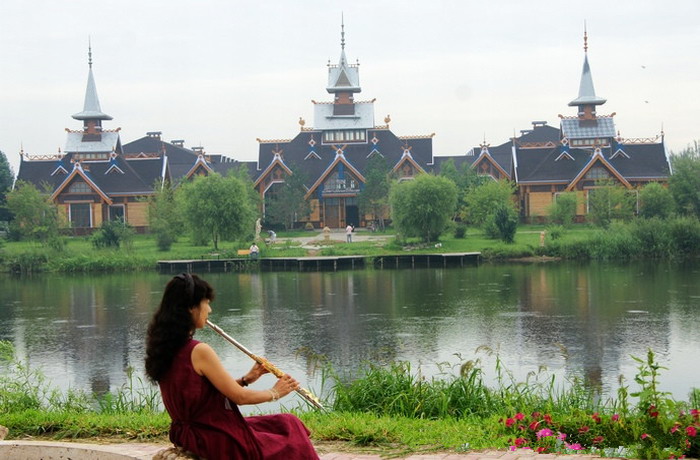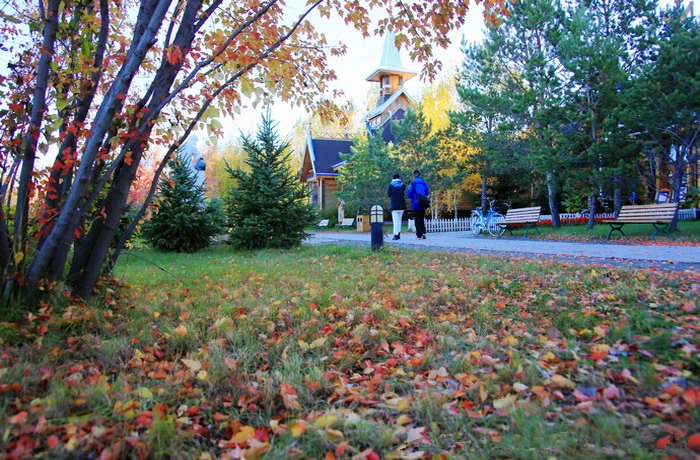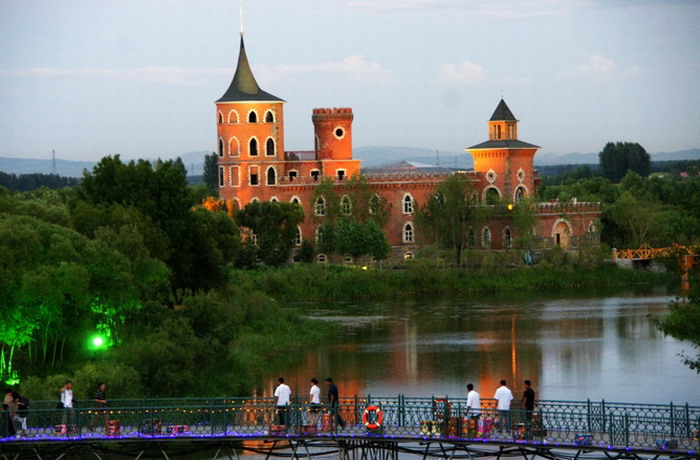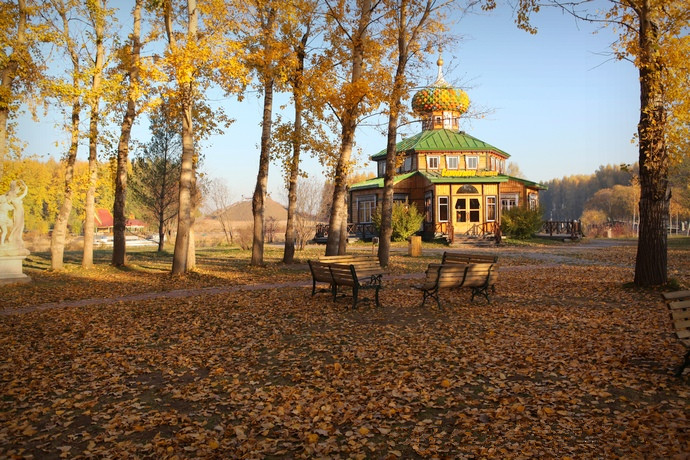Harbin—the oriental Moscow
Updated: 2014-07-23 15:00
(chinadaily.com.cn)
|
||||||||

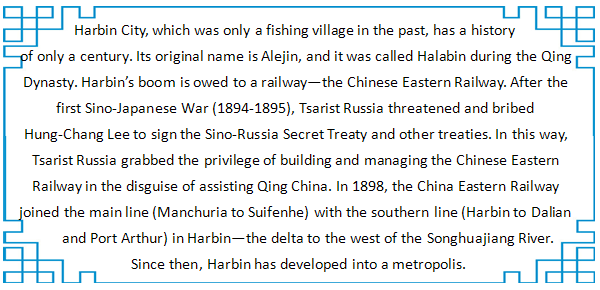 |

 |
|
I like the old architecture in Harbin and walk throughout almost the whole city with my camera, photographing numerous old and western-style buildings. Harbin has plenty of splendid and historic architecture—gothic, baroque, eclectic, the New Culture Movement, as well as Chinese baroque. All these architecture styles, which are symbolic of Harbin’s culture, combine the essence of modern European classic architecture and eastern and western culture. They are the carrier of the city’s historic and cultural development, representative of its unique landscape as well as non-renewable cultural resources. 1. Central Avenue “If you haven’t been to Central Avenue, you can’t say that you’ve been to Harbin.” Central Avenue enjoys high status in the city. Many people think Harbin is westernized. Why? Just look at the European buildings along Central Avenue, and you will find the answer.
Walking on Central Avenue, you can feel the strong exotic atmosphere from the various styles and splendid buildings, even if you know nothing about western architecture styles. When I went to Europe, I said to my friends that everywhere looked like Central Avenue. It wasn’t until that moment did I understand the reason why Central Avenue is called World Architecture Exhibition.
2. Churches in Harbin—a kind of complex
If Central Avenue is the most famous place in Harbin, then St. Sophia Church Square must be the second. The church not only witnessed the time-honored history of this city, but it also embodies the romance of this young city. St. Sophia Church is the best-preserved example of Byzantine architecture in China. It was built in 1923 and was once the biggest church made of brick and wood in the Far East. It is a combination of all kinds of architecture styles with a Russian dome and Roman clerestory.
It is said that Harbin once had 54 churches. But now, less than 10 churches remain. However, the complex of churches are maintained in the city. Houses of worship have become the central squares in every sector of Harbin, such as The Church of the Protection of the Mother of God on Dongdazhijie Street, the Church of the Mother of God on Gogol Street and the Mosque on Tao Street. These not only remain as worship centers, but they are also places for people to relax and unite. Maybe that’s the influence left by Russia?
3.Volga manor: a unique feeling
When Nicolas Cathedral became a symbol of the old generation in Harbin, Mr Huang, a stubborn entrepreneur from Northeast China, began to pursue his dream - construct a Russian-style manor combining history, culture, architecture and art.
Mr Huang’s dream is to bring the Nicolas Cathedral to life in his Volga Manor. He said “I want to let the old citizens in Harbin see the old church and hear the bell again”. He invited Dr Kelagin, a famous architectural expert and president of the Association on the Protection of Historic Architecture. They found the original drawing of the church from a reference room in Russia and revived the church together.
Walking around Volga Manor, which has more than 30 Russian buildings, you will feel like you’re traveling in the past. Minianuer Restaurant, which was burned in a fire, was reconstructed in the center of the manor. It looks like a big ship returned home, anchored alongside the bank. Standing there, you can enjoy the scenery of the whole manor. And you will never feel bored. You can even enjoy the same view from sunrise to sunset. Those delicate architecture styles that only exist in the history of Russia are brought to life at Volga Manor. The service center, with its exquisite decoration, emits the scent of the woods. What’s more, the Slim Birches Restaurant in the Statue Garden has an eclectic style with a unique design.
Pavlov Castle and Burgerdeli Castle are representative of classicism, featuring simple luxury. What’s more, Vantagia Club, Volga Hotel, Jinhuanxi Hotel, Forest Village Villa as well as the Nightingale Cafe all show the fantastic and extraordinary taste.
More than 180 Russian nationals born in China came back to Harbin.Today, although they live in different places, yet they still miss their second hometown - Harbin. When they came to Volga Manor and saw the Russian architecture, they burst into tears. They kept saying that it’s hard to find such a place so filled with Russian architecture and art even in Russia.
Ding-ding-dong, when the bell at St.Nicolas Church rings, people in Harbin are deeply touched, because the bell’s ringing has become an echo of history. People can enjoy the happiness and calmness as well as the beauty in the echo.
All right reserved! If you would like to share your cities, please contact us: blog@chinadaily.com.cn |
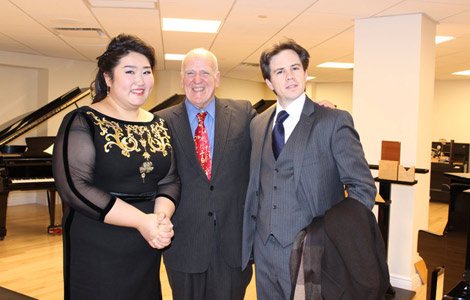
 Music at her fingers
Music at her fingers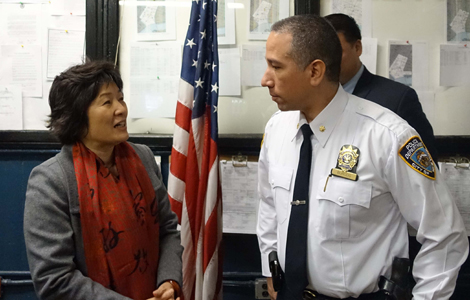
 Across America Over the Week (Jan 16 - Jan 22)
Across America Over the Week (Jan 16 - Jan 22)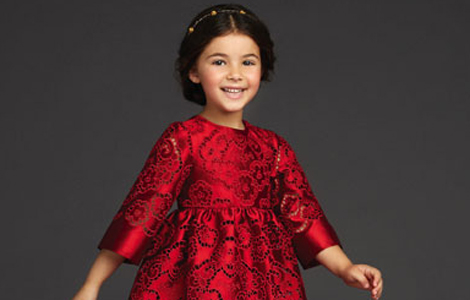
 Spend Chinese New Year in style
Spend Chinese New Year in style
 Ili river valley becomes a popular destination for swans
Ili river valley becomes a popular destination for swans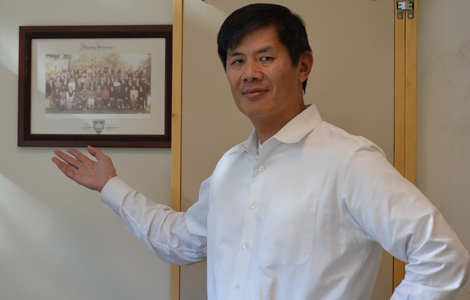
 Philip Ma: from scientist to businessman
Philip Ma: from scientist to businessman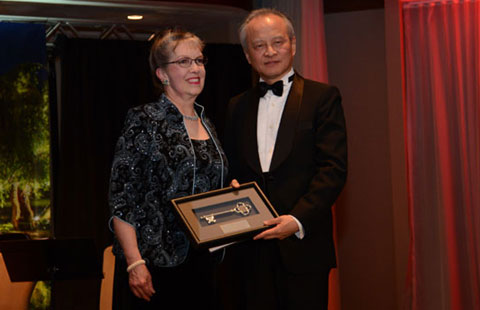
 Birmingham's Spotlight on China dinner
Birmingham's Spotlight on China dinner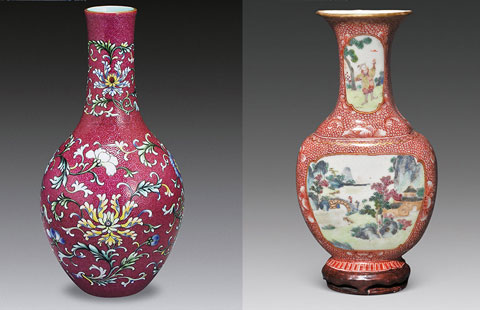
 How to distinguish doucai, wucai, Famille-rose and enamel porcelain
How to distinguish doucai, wucai, Famille-rose and enamel porcelain
 Xinjiang lake in bumper fishing season
Xinjiang lake in bumper fishing season
Most Viewed
Editor's Picks

|

|

|

|

|

|
Today's Top News
Houston's SW Chinatown
China to focus on reforms, opening of capital market
Slowdown brings new risks to banks
Trade group calls for BIT
Market status for China is 'political' issue
Birmingham's Spotlight on China dinner
Bank takes renminbi-clearing seriously
Traditional Garb
US Weekly

|

|
